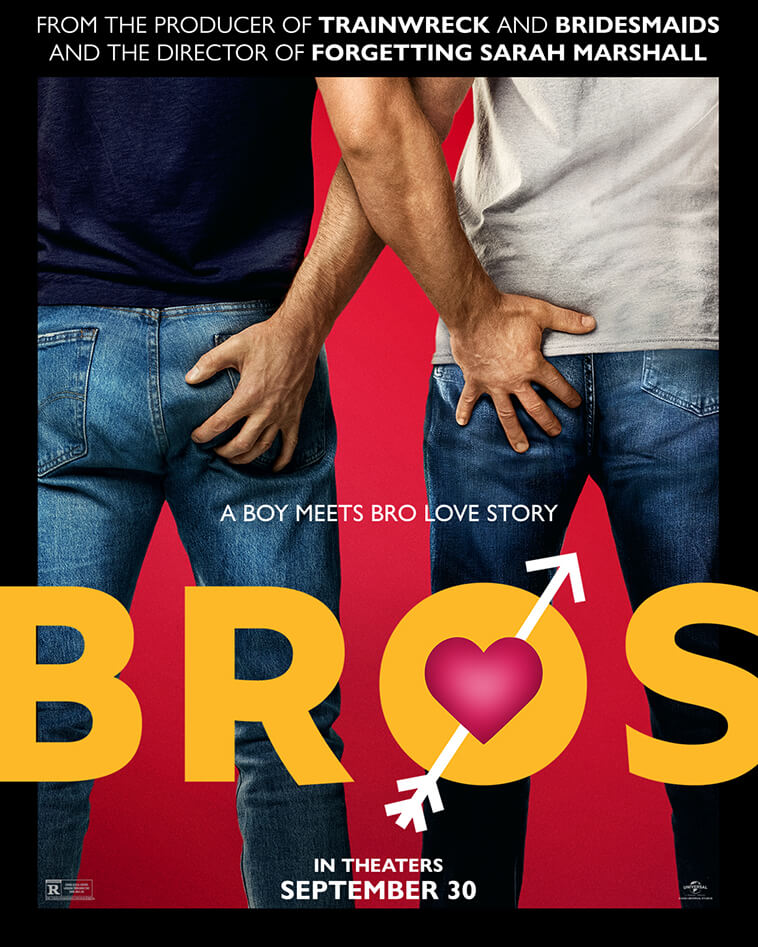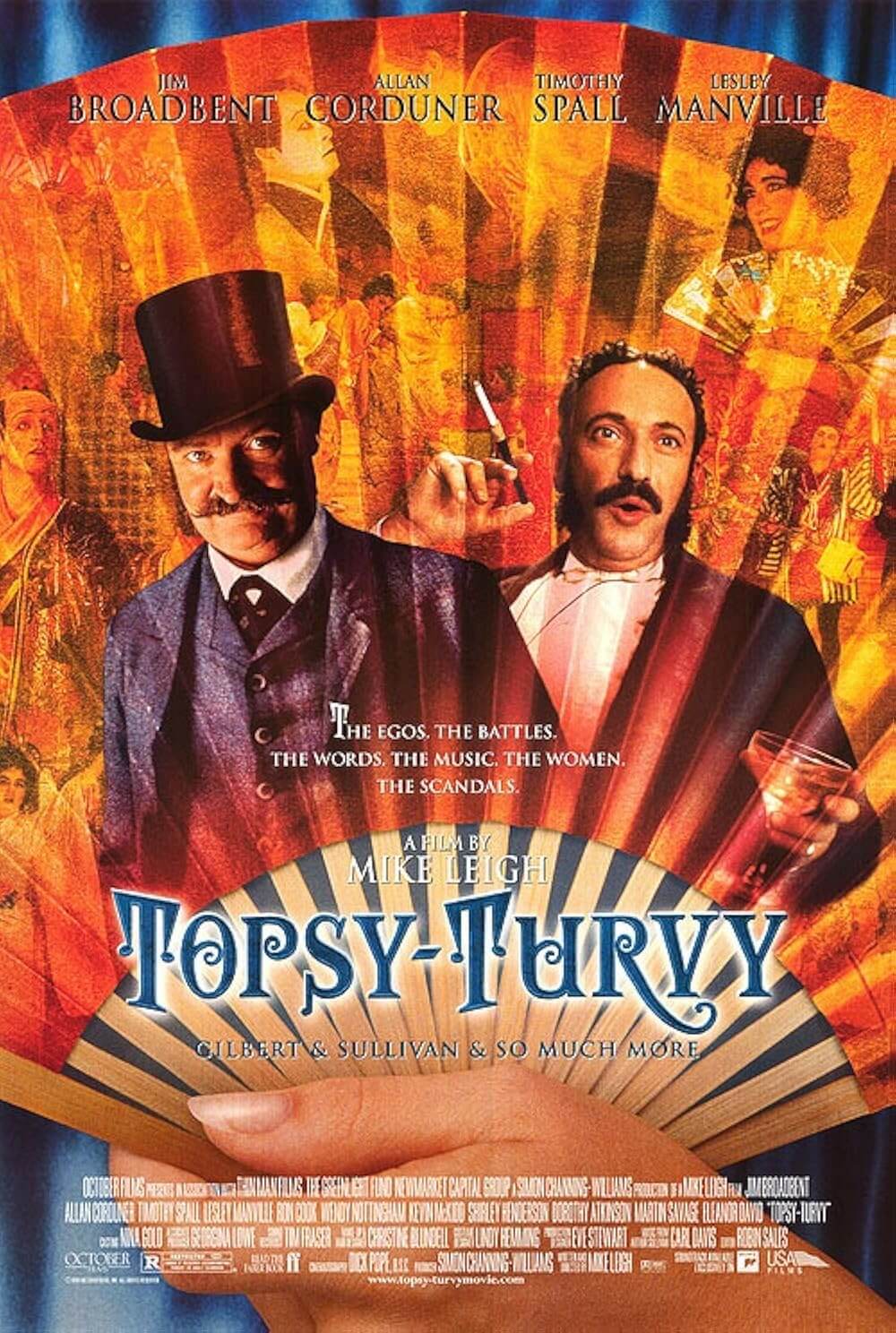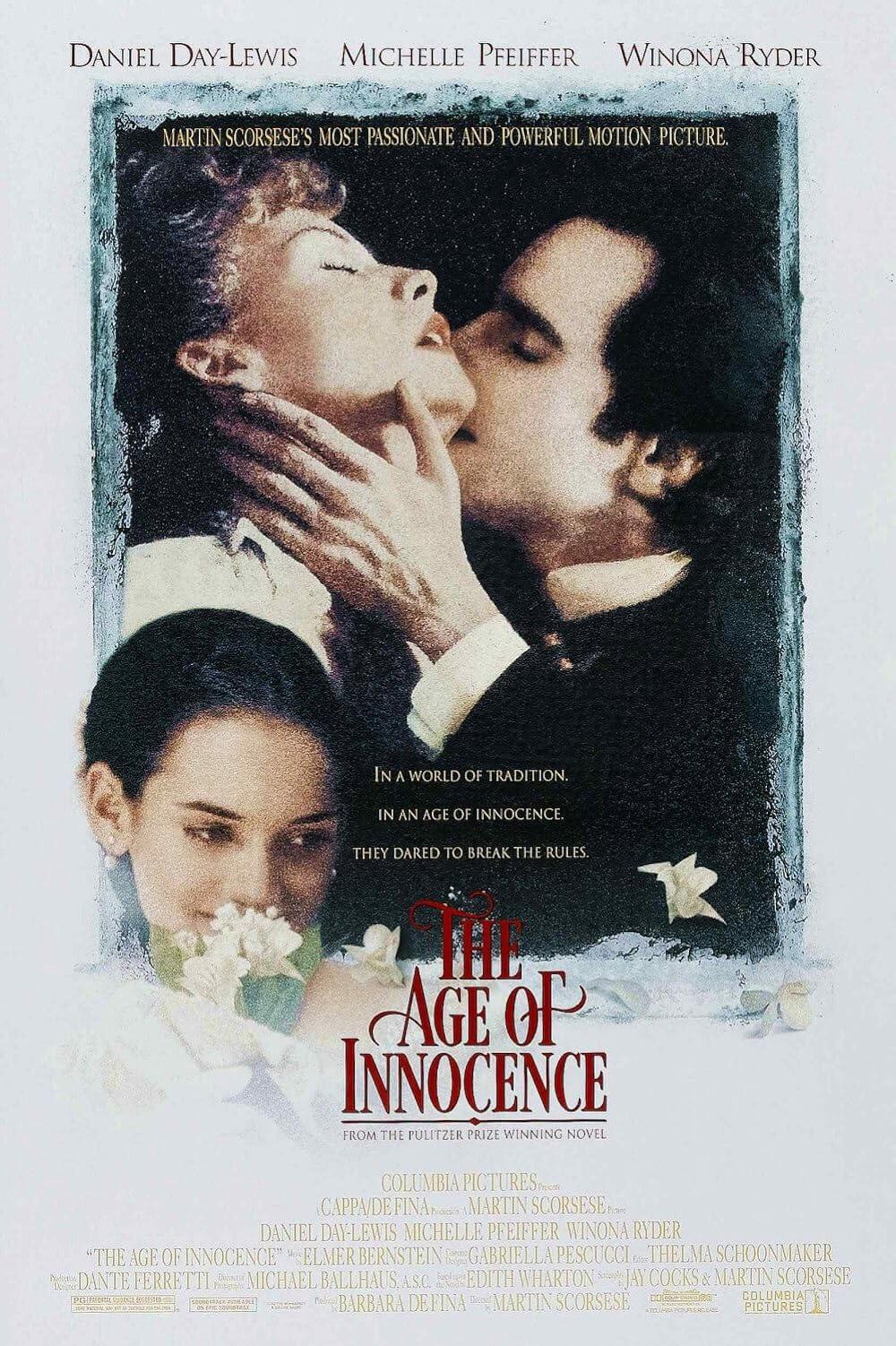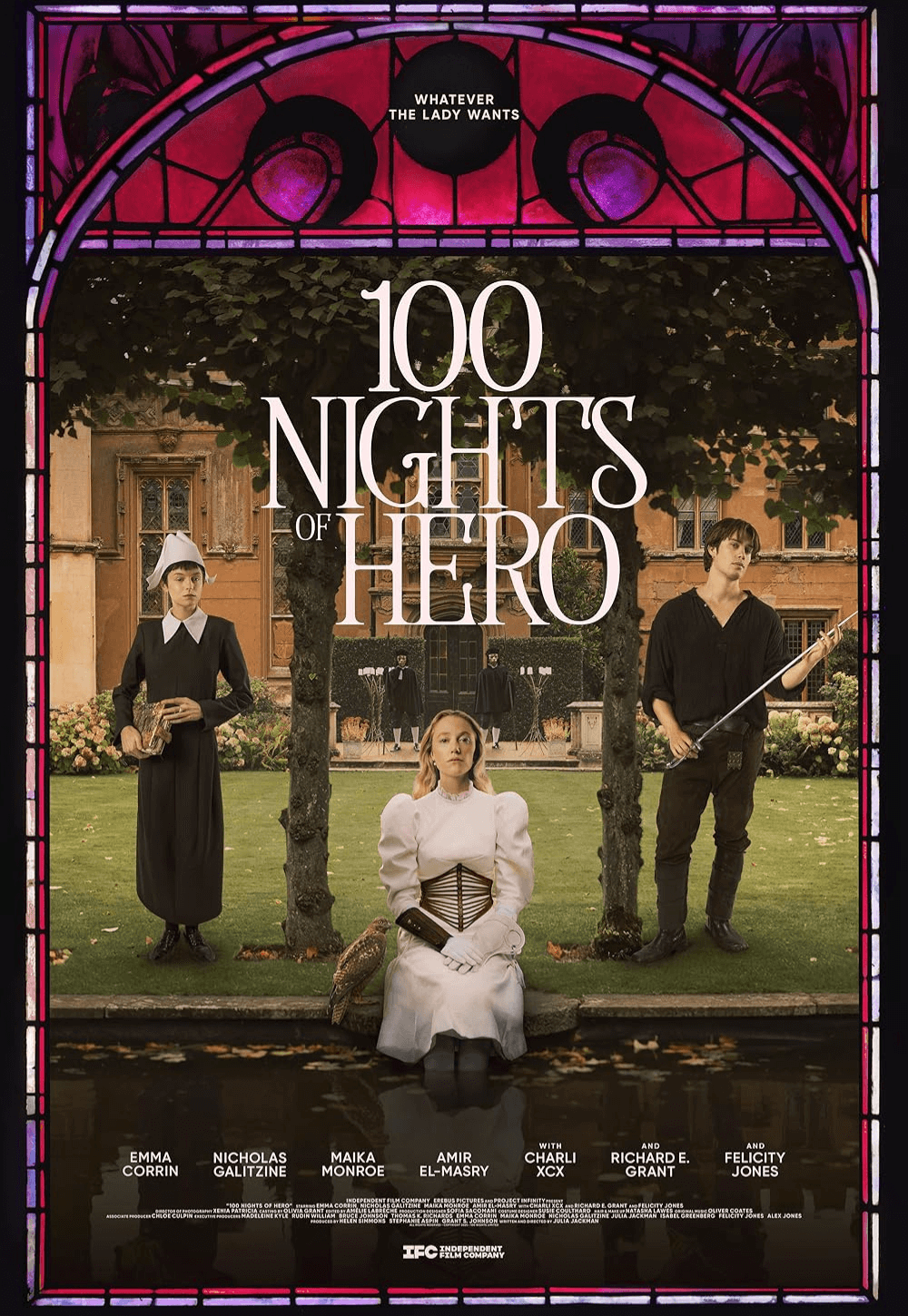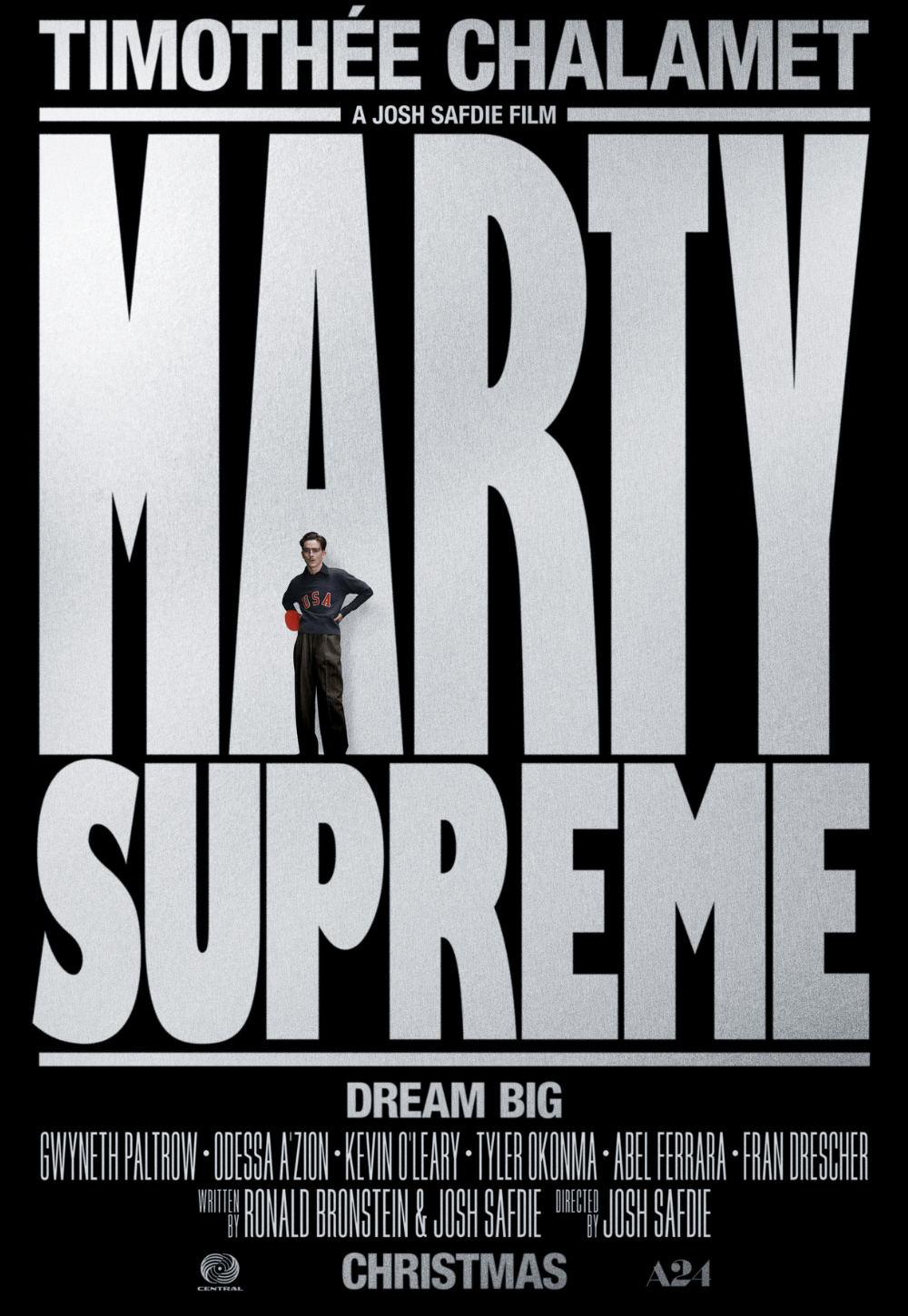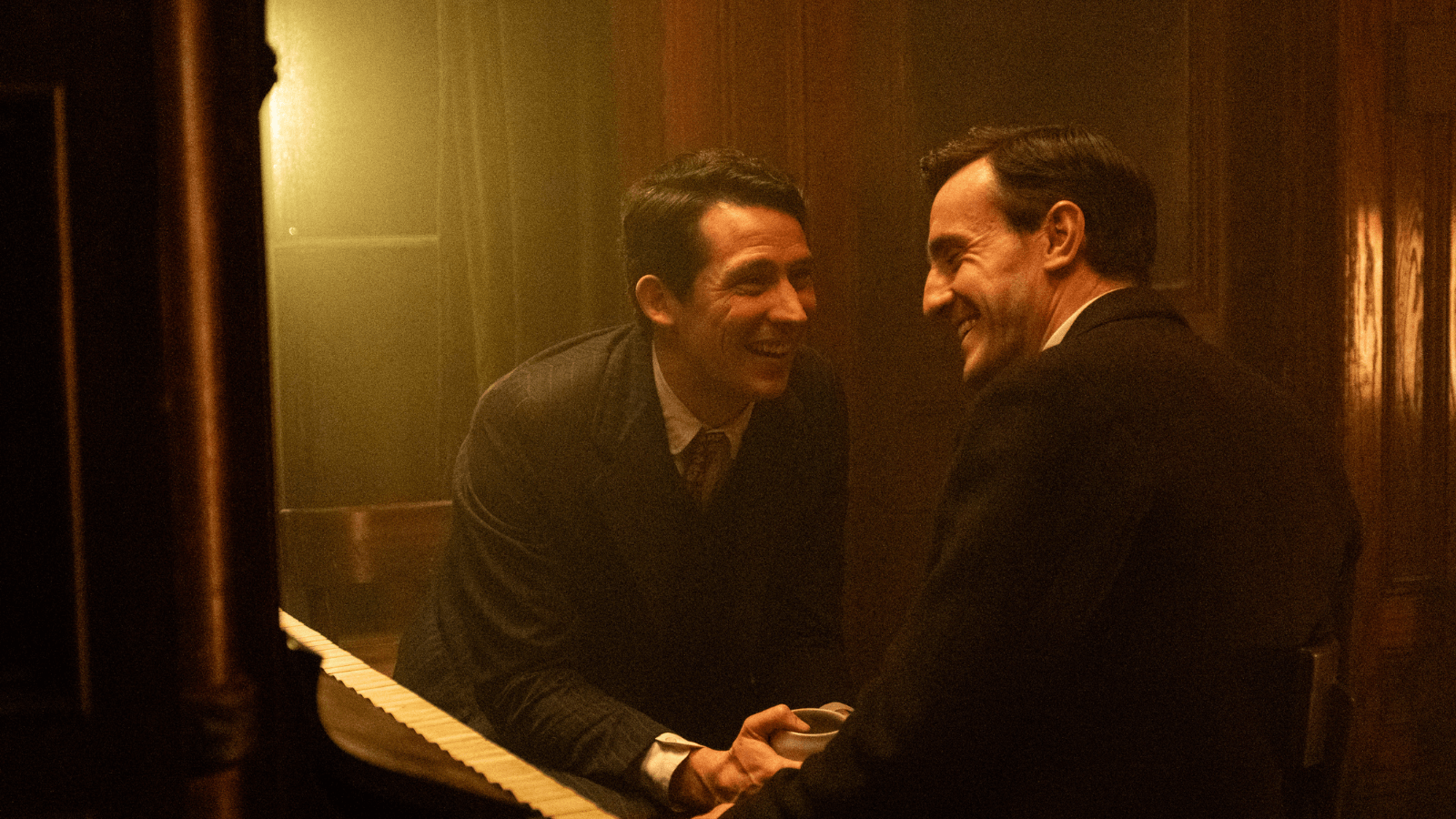
The History of Sound
By Brian Eggert |
A drama about restrained emotions and intense heartache, The History of Sound features Paul Mescal and Josh O’Connor, two of the most skilled actors to emerge in recent years, playing music aficionados who share a brief but profound love affair in the 1910s. This moving and deliberately paced story has earned comparisons to Ang Lee’s Brokeback Mountain (2005). While the similarities between the two films are mostly superficial, both stories involve gay men who must conceal their feelings during a less tolerant period in history. Afterward, they separate and lead individual lives, but their brief time together leaves an indelible mark, and the men in both films even have similar fates. Adapted by Ben Shattuck from his short story of the same name, the film is ultimately too steady and inhibited to reverberate. While it’s a handsome production that’s capably assembled and boasts strong performances from the leads, the treatment somehow feels too quiet and too self-consciously mannered to elicit a powerful emotional response.
The History of Sound was directed by Oliver Hermanus, whose previous work almost seems to build up to this. Take the South African filmmaker’s last two features: Moffie (2019) followed a closeted soldier serving mandatory military service during South Africa’s apartheid, only to realize he must hide his attraction to another soldier given the institution’s brutal homophobia. Next came 2022’s Living, his low-impact remake of Akira Kurosawa’s 1952 masterpiece Ikiru. Bill Nighy plays a Public Works department functionary in 1950s London who resolves to snap out of his lifelong apathy and make a difference when he receives a terminal cancer diagnosis. Hermanus’ latest dabbles in many of the same concerns: It’s a period piece where the characters must hide their feelings, and when they finally decide to express themselves, it’s tragically late.
In the opening narration, Chris Cooper—who plays the older version of Mescal’s character, Lionel—looks back on his life. He discusses his upbringing in Kentucky in 1910, and how his musically inclined father told him he has a “gift from God” to “see music.” Not only does Lionel have an angelic singing voice, but he can see sound in Nature and shapes—places not normally known for giving off any tonality. Hermanus never quite finds a way to render this skill in visual or aural terms, and after the notion is introduced, Lionel’s skills are reduced to singing and listening to music. In any case, Lionel ends up in Boston by 1917, studying at the New England Conservatory on a scholarship for his singing voice. For what it’s worth, Mescal’s voice is good but not as transportive as others in the film claim it to be.
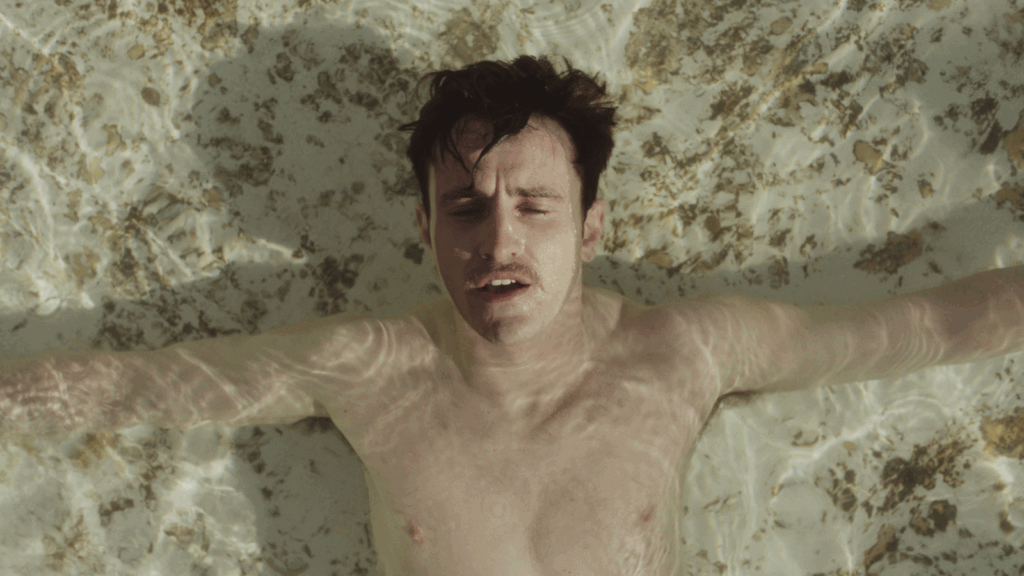
Setting aside that the film’s buildup of Lionel’s abilities never materializes onscreen, The History of Sound comes to life when Lionel meets David (O’Connor) at a local bar, where David plays piano and performs a regional Kentucky tune that Lionel’s father used to sing. David has made a scholarly hobby of traveling the countryside and collecting folk music. After a night of singing together, they go back to David’s shabby apartment, where they share the same water glass, and then Lionel drinks from a stream coming from David’s mouth—a loaded, erotic moment. The Great War interrupts the love affair that ensues: David is drafted, but Lionel’s eyesight keeps him out of the fight. When David eventually returns, the two pick up where they left off, resolving to travel around the country together, sharing a tent and recording rural folk singers on wax cylinders for a Thomas Edison-brand phonograph. But there’s a tension between the two, given that David, who survived the war physically unharmed, internalizes his PTSD. He’s also cautious about making a life with Lionel, who’s willing to follow David back to Boston, where David has a teaching position.
Just as the film comes to life when David arrives, his departure by the midpoint leaves an open wound from which Lionel and the story never recover. Part of that is purposeful, to make the viewer feel his loss as Lionel does. Even so, the remaining sequences without David unfold with a devastating emptiness, underscoring how little meaning and passion Lionel has in David’s absence. The years pass, and Lionel performs in an Italian choir and takes a local lover (Alessandro Bedetti). Then he moves to London and carries on with a well-to-do woman (Emma Canning) before returning home to Kentucky to find the family farm in shambles. Aimless, he thinks only of David. After all, no one else in The History of Sound has O’Connor’s hypnotic eye contact and bright smile, which could woo anyone. Nor do any other performances, not even the comparatively wooden Mescal—who has yet to improve upon his Aftersun (2022) and All of Us Strangers (2023) performances—convey the level of inner pain David experiences after returning from the war.
While the second half meanders about, it undermines the first half’s depth of feeling. Not until Cooper appears in the protracted epilogue, set in 1980, did The History of Sound draw me back in. But by then, an hour of aimlessness—which might’ve been compressed into a few minutes and had the same effect—had passed and compromised my emotional involvement. I could feel my enthusiasm for the material deflating with each new scene after Lionel loses David. This is a shame. Hermanus is a careful, intentional filmmaker, and I understand why he made this choice. However, ultimately, Lionel remains a rather dull character without David to imbue him with life. Even if that’s the point, it doesn’t make spending time with him any more compelling. What is more, the film never convinces us of Lionel’s musical genius, nor of his uncanny gift mentioned in the opening narration. Outside of David, the character’s most joyful moments involve lighting thin tubes of paper on fire, then watching them burn to the base and fly upward.
If there’s one false formal note in The History of Sound, it’s during the 1910 scenes early on, when a young Lionel catches a CGI moth in a jar. It’s the sole visually dishonest image I noticed in this otherwise pristinely visualized film. This nitpick might’ve gone unremembered, except that once The History of Sound’s spell was lost, I started recalling what aspects didn’t work for me from earlier in the film. Otherwise, Hermanus delivers an elegant production with tasteful, delicate love scenes between the two leads and subtle, never over-emphatic dialogue. Working with editor Chris Wyatt, he showcases Alexander Dynan’s textured cinematography, which at times has the look of old photographs. The aesthetics are transportive, but the sluggish pace and passionless drama neutralize the story’s lasting impression.

Thank You for Supporting Independent Film Criticism
Thank you for visiting Deep Focus Review. If the work on DFR has added something meaningful to your movie watching—whether it’s context, insight, or an introduction to a new movie—please consider supporting it. Your contribution helps keep this site running independently.
There are many ways to help: a one-time donation, joining DFR’s Patreon for access to exclusive writing, or showing your support in other ways. However you choose to support the site, please know that it’s appreciated.
Thank you for reading, and for making this work possible.
Brian Eggert | Critic, Founder
Deep Focus Review


